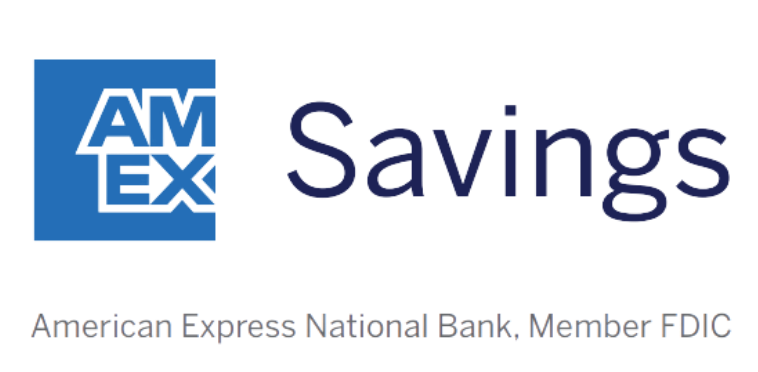Interest rates came down recently, and they’re expected to fall even further by the end of the year. Certificates of deposits (CDs) are a way to protect your savings from declining rates. You can lock in an APY for a full CD term. Many of the top CDs listed here are still offering competitive rates of 4% to 5%.
It’s tempting to put your emergency fund in a CD. This might be the largest savings you have, so locking in a high rate for it seems like a good idea. But it’s actually a risky strategy that could end up causing financial stress and costing you money.
Why you shouldn’t put your emergency fund in a CD
Your emergency fund needs to be accessible at a moment’s notice. You never know when you’ll need it, after all. When you put money into a CD, you can’t withdraw it whenever you want. You’re supposed to keep it there for the entire CD term. For example, if you get a 2-year CD, then you can withdraw your money after two years.
That doesn’t work for emergency savings. Imagine your car breaks down and you need it repaired ASAP. You can’t exactly tell the mechanic you’ll pay the bill in two years when your CD matures.
Our Picks for the Best High-Yield Savings Accounts of 2024
|
American Express® High Yield Savings 
APY 4.00%
Rate info
Member FDIC.
|
APY 4.00%
Rate info |
Min. to earn $0 |
|
Capital One 360 Performance Savings 
APY 4.00%
Rate info
Member FDIC.
|
APY 4.00%
Rate info |
Min. to earn $0 |
|
CIT Platinum Savings 
APY 4.70% APY for balances of $5,000 or more
Rate info Min. to earn $100 to open account, $5,000 for max APY
Member FDIC.
|
APY 4.70% APY for balances of $5,000 or more
Rate info |
Min. to earn $100 to open account, $5,000 for max APY |
If you need to take money out of a CD before the maturity date, the bank will likely charge you an early withdrawal penalty. This is normally a portion of your interest earnings, and the exact amount depends on the bank and the length of the CD. A 1-year CD might have an early withdrawal penalty of three months interest, a 2-year CD could charge six months interest, and so on.
The whole reason to open a CD in the first place is for a stable, competitive rate. If you need to withdraw money early and lose a big chunk of your CD interest, it defeats the purpose of opening one in the first place.
Keep your emergency fund in a high-yield savings account
The best place for your emergency fund is a savings account. Specifically, a high-yield savings account. This type of savings account pays interest rates well above the national average. In fact, some of these top-rated savings accounts are paying as much as or more than CDs right now.
When your emergency fund is in a savings account, you can withdraw it at any time. With online accounts, you’ll be able to transfer your money to your checking account if you ever need it. Some savings accounts even include an ATM card in case you need quick cash.
If you’re looking for an account for your emergency fund, consider the UFB Portfolio Savings Account. It has a 4.57% APY, no account fees, and an ATM card with access to fee-free withdrawals at about 91,000 locations. Click here to learn more and open an account today.
CDs are well-suited for savings you’re sure you won’t need for a certain amount of time. If you have money saved for a down payment on a home, but you’re not planning to start shopping until 2026, you could put it in a 12- or 18-month CD. For your emergency fund, and any other savings you could need without warning, a high-yield savings account is the better choice.
